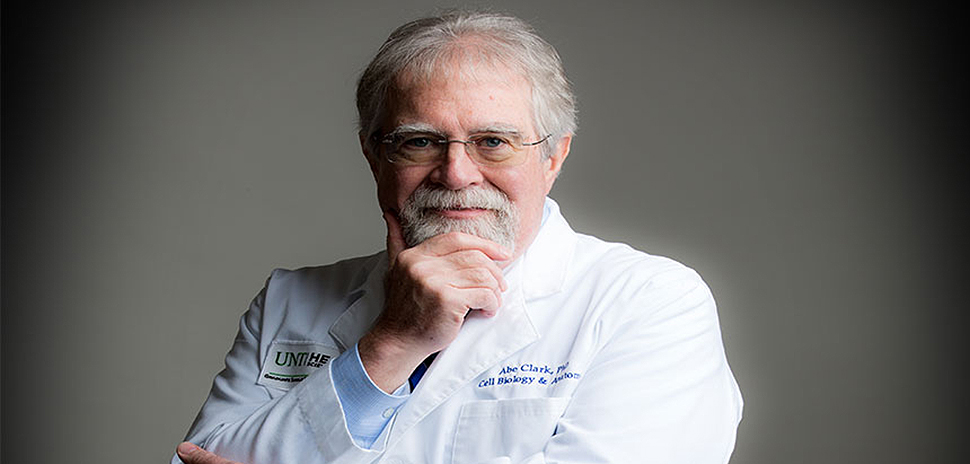STUDY: CANNABIS & NICOTINE TOGETHER HAVE UNIQUE EFFECT
![]() Using cannabis and nicotine at the same time has a different effect on human brain connectivity than just using one of those substances, researchers at the Center for BrainHealth at the University of Texas at Dallas have determined.
Using cannabis and nicotine at the same time has a different effect on human brain connectivity than just using one of those substances, researchers at the Center for BrainHealth at the University of Texas at Dallas have determined.
A recently published study in the journal Brain Structure and Function, reveals that the functional brain connectivity in people using both drugs more closely resembles that of nonusers, UT Dallas said in a release.
Meanwhile, the users of nicotine only or cannabis only showed equally less connectivity for the most part.
“Most of the literature to date has focused on association of isolated cannabis and nicotine use, even though concurrent cannabis and nicotine use is more prevalent in society than cannabis use alone,” the study’s lead author, Francesca Filbey, said. She’s the Bert Moore Chair in BrainHealth at UT Dallas.
“Our findings confirm the limitations of existing research,” she said.
The work may be of benefit to intervention programs, Filbey said.
According to the release, separate brain regions can be connected functionally, even if not physically connected. The study said that the difference in such brain network connectivity infers alterations in the underlying neural architecture of the brain that supports brain function.
GROUNDBREAKING PROCESS COULD LEAD TO ARTIFICIAL MUSCLES

Kyungsuk Yum [Photo Courtesy UTA]
A scientist at the University of Texas at Arlington and his doctoral students have developed a groundbreaking process involving 2-D hydrogels that could potentially transform the way in which soft engineering systems or devices are designed and made—perhaps leading to such things as artificial muscles.
Kyungsuk Yum, an assistant professor in UTA’s Materials Science and Engineering Department, and doctoral student Amirali Nojoomi have developed a process by which the 2-D hydrogels can be programmed to shrink and expand in a space-and-time-controlled way that applies force to their surfaces, the university said in a release. That enables the formation of complex 3-D shapes and motions.
The university also said that potential applications for the technology include bio-inspired soft robotics, artificial muscles—soft materials that change shape or move in response to external signals, as human muscles do—and programmable matter.

Abe Clark [Photo Courtesy UNTHSC]
1998 GLAUCOMA DISCOVERY PORTENDS TREATMENT, 2ND HONOR IN 2018
A research team’s persistence at the University of North Texas Health Science Center in Fort Worth has paid dividends.
The team’s story begins in 1998, when the group that included Abe Clark, Ph.D., won worldwide recognition for its discovery of the first gene that causes glaucoma, UNTHSC said in a news release.
Fast forward two decades, and that same team has found a possible treatment for the eye disease that can cause blindness.
“We’ve gone from discovering the first glaucoma gene to finding a way to treat patients with it,” Clark, regents professor of pharmacology & neuroscience and executive director of the North Texas Eye Research Institute, said in the release.
Both the 1998 and 2018 discoveries won the scientists the prestigious Lewis Rudin Glaucoma Prize, as well as its $50,000 award. On both occasions the award was shared by researchers at the University of Iowa and UNT Health Science Center.
READ NEXT
R&D: UTA Scientist Seeks Best Rock to Block Nuclear Waste; Grant Enables PTSD Research
![]()



































































